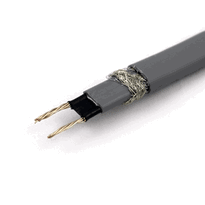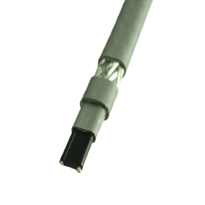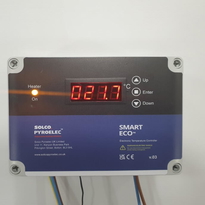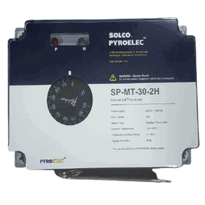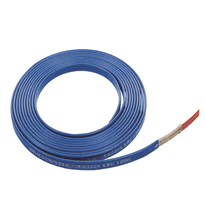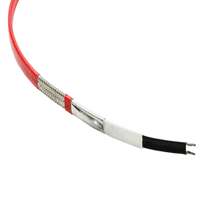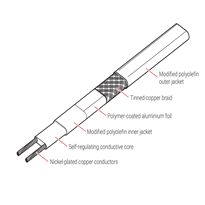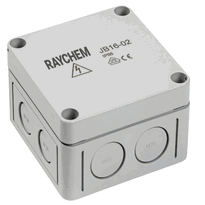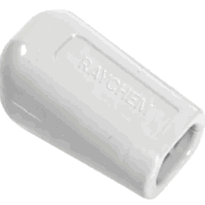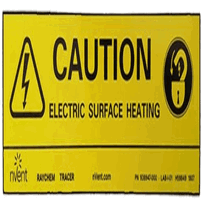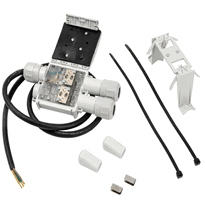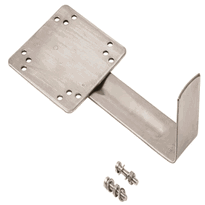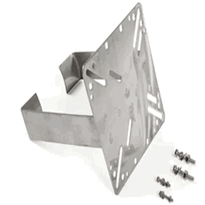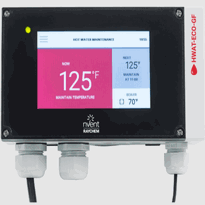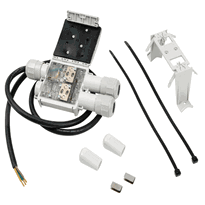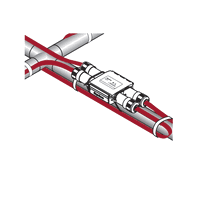Heat Trace on Pex
Selecting appropriate heat trace systems for PEX pipes involves considering self-regulating tapes that adjust their power output based on temperature, making them suitable for outdoor or variable conditions. Constant-wattage options can provide consistent heating but require careful installation to ensure optimal performance.
Proper application is essential. This includes ensuring the pipes are clean, measured accurately, and adequately insulated. The heat trace tape should be fixed securely without overlaps to prevent hot spots or damage. Using weatherproof insulation enhances efficiency by protecting the system from environmental influences.
Safety is paramount. Adhere to electrical regulations and standards by using residual current device (RCD)-protected circuits, such as Ground Fault Circuit Interrupters (GFCIs). Always disconnect power before installation or maintenance to prevent electric shock.
Maintaining insulation is crucial for prolonging the system’s performance and safety. Regular checks and upkeep can help identify potential issues early, ensuring reliable operation.
Following these guidelines guarantees a safer, more reliable heat trace setup for PEX piping. Continued professional advice and regular maintenance will help optimize performance and safety in the long term.
Choosing the Right Heat Trace for PEX Pipes
When selecting the appropriate heat trace for PEX pipes, it's crucial to consider the specific characteristics of both the piping material and the intended application to ensure safe, efficient, and reliable operation. Self-regulating heat tapes are particularly suitable for PEX due to their ability to automatically adjust power output according to the temperature, helping to prevent overheating and enhance energy efficiency. Self-regulating technology responds dynamically to environmental conditions, making it safer for various outdoor installations. Constant-wattage heat tapes provide a consistent level of heat but require careful installation to prevent excessive temperatures. They're most appropriate for applications where a steady and predictable heat is necessary. Understanding the type of PEX pipe, its temperature resistance, and thermal expansion rates guides the selection process effectively. Accurate matching of the heat trace to the specific requirements minimizes risks, maximizes performance, and supports the long-term reliability of the system. Additionally, considering the insulation properties of the piping system helps maintain energy efficiency and system safety over time.
Proper Installation Techniques for Heat Tape on PEX
Proper installation of heat tape on PEX pipes requires careful preparation and adherence to specific techniques to ensure safety, efficiency, and durability. Before beginning installation, thoroughly inspect the pipe for any damage or leaks, and ensure that it's clean and dry. This will promote optimal adhesion of the heat tape and improve overall performance.
Select the correct length of heat tape so that it fully covers the pipe from the water source to the frost line, including any accessible underground sections. It's important to measure accurately to avoid unnecessary overlaps or gaps. When applying foil tape around the pipe, it helps enhance heat conduction and provides additional protection. Manufacturers often specify that heat tape can be safely applied directly to PEX, provided proper installation procedures are followed. Securely attach the heat tape to the pipe following the manufacturer’s instructions, which may involve wrapping or laying it in a linear pattern. Use electrical tape every 30 to 35 centimeters (every 12 to 14 inches) to hold the tape in place. Be careful to avoid overlapping sections of heat tape, as this can cause overheating and diminish safety.
In addition, insulating the pipe with weatherproof materials helps retain heat, especially during colder months. This improves the overall efficiency of the heat tape and prevents heat loss. Using appropriate insulation materials such as foam or reflective foil will help enhance the insulation's effectiveness and prevent internal condensation issues.
Ensure that a GFCI (Ground Fault Circuit Interrupter) protected outlet is located nearby for a safe connection to mains power. Following these guidelines will help achieve a reliable and long-lasting installation that keeps PEX pipes protected from freezing temperatures.
Safety Precautions and Electrical Requirements
Ensuring safety during the installation and operation of heat tracing systems on PEX pipes requires strict adherence to electrical safety standards and proper safety precautions. To achieve this, it's essential to select heating cables designed specifically for PEX, following manufacturer instructions for wiring, earthing, and connections. Compliance with local electrical codes, including circuit protection via ground-fault equipment, is mandatory to prevent electrical hazards. Heat tapes suitable for PEX are rated to operate safely at specific temperatures, ensuring they do not damage the piping or pose fire risks.
Consider these key safety measures:
1. Use circuit breakers rated according to the circuit’s length and load requirements to prevent overloads.
2. Disconnect power before installation or maintenance to eliminate the risk of electric shock.
3. Regularly inspect heat trace systems for damage, ensuring that all joints and connections are properly insulated and compliant with safety standards. Proper installation and adherence to insulation guidelines help prevent condensation and moisture-related issues.
Following these steps minimizes risk and promotes safe, reliable operation.
Insulation and Maintenance for Long-Term Performance
Effective long-term insulation on PEX pipes equipped with heat trace systems depends on careful selection, consistent maintenance, and diligent monitoring of the insulation materials. Choosing appropriate insulation, such as fiberglass or closed-cell foam with the correct thermal resistance—measured in K-Values, for example, K-3 to K-4 for indoor pipes and K-5 to K-6 for outdoor applications—is essential to minimize heat loss and prevent freeze-ups. Regular inspections should be conducted to identify damaged, compressed, or wet insulation, as these issues can impair performance. Insulation must be protected from mechanical damage, ultraviolet (UV) exposure, and moisture ingress; waterproof or vapour-resistant materials are recommended for exterior environments. Proper sealing of insulation ends with tape prevents air or moisture gaps, and maintaining the integrity of the insulation ensures optimal heat trace effectiveness, reduces energy consumption, and prevents expensive failures. Incorporating insulating materials like Sisal Wool Insulation, which offers vapour permeability and natural insulation properties, can enhance the long-term durability of the system. Periodic testing and timely repairs are vital to sustain the system’s reliability over its operational lifespan.
Conclusion
Selecting the appropriate heat trace system for PEX pipes requires careful consideration of the pipe’s size, environment, and the temperature maintenance needed. Proper installation, compliance with safety standards, and correct electrical practices are essential for ensuring reliable operation. Additionally, effective insulation and routine maintenance help to prolong the lifespan of the system. By following these comprehensive guidelines, individuals can safely and efficiently implement heat tracing solutions, reducing the risk of damage and ensuring consistent performance under various conditions.








